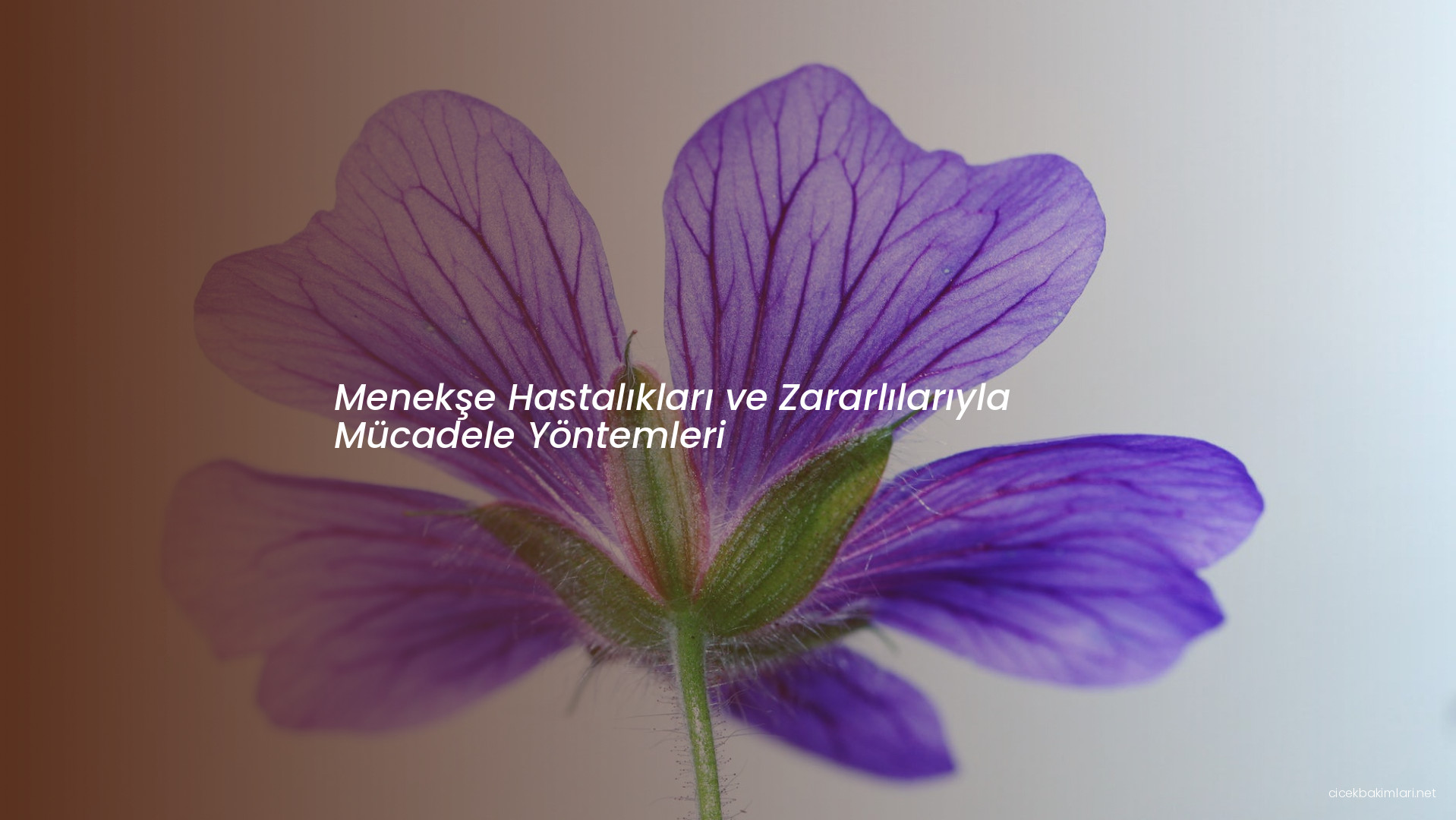

Evde Bakım
Karanfil bitkisinde görülen yaprak dökümü normal midir?
Karanfil Bitkisinde Yaprak Dökümü: Normal mi? Sevgili Bahçe Severler için İpuçları ve Çözümler - Karanfil bitkisindeki yaprak dökümünü anlamak ve yönetmek için pratik bilgiler. Sorunlara çözüm bulun, bahçenizi canlandırın! #KaranfilYaprakDökümü #BahçeBakımı
Understanding Sublimation Printing: A Comprehensive Guide
Understanding the Benefits of Sublimation Printing Exploring the Versatility of Sublimation Printing Applications Key Factors to Consider When Choosing a Sublimation Printer Unleashing Creativity with Sublimation Printing Techniques Sublimation Printing: A Cost-Effective Solution for Customization Enhancing Product Durability with Sublimation Printing Exploring the Future of Sublimation Printing Technology Step-by-Step Guide to Achieving High-Quality Image Transfers with Sublimation Printing Sublimation Printing vs.
Exploring the Benefits of Sublimation Printers for Image Transfers
Understanding the Benefits of Sublimation Printing for Business Promotion Exploring the Impact of Sublimation Printing on Fashion Trends Enhancing Brand Identity with Custom Sublimation Prints Transforming Photography into Stunning Sublimation Artworks The Science Behind Durable and Fade-Resistant Sublimation Prints Sublimation Printing: A Game-Changer for Personalized Gifts and Merchandise Exploring the Versatility of Sublimation Printing in Home Textiles Unleashing Creativity: Designing Unique Sublimation Patterns and Graphics Sublimation Printing vs.
Sublimation Printing vs. Other Image Transfer Methods: A Comparison
Exploring the Fascinating World of Sublimation Printing: A Comprehensive Guide Understanding the Science Behind Sublimation: How Heat Transforms Ink into Vibrant Prints The Advantages of Sublimation Printing: Durability, Vibrancy, and Versatility Sublimation Printing vs.
Choosing the Right Sublimation Printer: Key Factors to Consider
Choosing the Right Sublimation Paper: Key Factors to Consider Exploring Different Types of Sublimation Inks: Pigments, Disperse, and Sublimation Dye The Impact of Heat Press Temperature and Time on Sublimation Printing Understanding Color Management in Sublimation Printing: Profiles and Calibration Sublimation Printing vs.
Step-by-Step Process of Sublimation Printing for High-Quality Image Transfers
Sublimation printing is a popular method used to transfer high-quality images onto various materials such as fabrics, ceramics, and metals. It offers vibrant colors, excellent durability, and precise image reproduction. In this article, we will guide you through the step-by-step process of sublimation printing, highlighting its key stages and providing valuable insights for achieving optimal results. The first step in the sublimation printing process is image selection and preparation. Ensure that the chosen image has a high resolution and is suitable for the intended material. Editing the image, if necessary, to adjust colors, contrast, and size can further enhance the final result. Next, the image is printed using special sublimation ink onto transfer paper. It is important to use sublimation-specific ink and paper to achieve optimal color vibrancy and transfer efficiency. The image should be printed in mirror or reverse mode to ensure proper orientation when transferred onto the material. Once the image is printed, it is time for the actual transfer process. Preheat your heat press machine to the recommended temperature for sublimation printing. Place the material to be printed on the heat press, ensuring it is flat and free from wrinkles or folds. Position the printed transfer paper with the image facing downwards onto the material. Close the heat press machine and apply firm, even pressure. The sublimation ink on the transfer paper will transform into a gas when exposed to heat and pressure, penetrating the material's surface. This allows the ink to become a permanent part of the material, resulting in vivid and long-lasting colors. Maintain the pressure and temperature for the recommended duration, usually around 45 to 60 seconds, to ensure proper ink transfer. Once the transfer time is complete, carefully open the heat press machine and remove the transfer paper from the material. Take caution as both the material and transfer paper will be hot. Allow the printed material to cool down completely. During this cooling process, the sublimation ink solidifies and bonds with the material fibers, ensuring a permanent and durable image transfer. Once cooled, the material is ready for further processing or use. Sublimation printing offers endless possibilities for creating customized products, including personalized apparel, promotional items, home decor, and more. By following the step-by-step process outlined above and using high-quality sublimation ink and materials, you can achieve professional results with vibrant and long-lasting images. In conclusion, sublimation printing provides a reliable and effective method for transferring high-quality images onto various materials. By understanding and following the step-by-step process, you can harness the power of sublimation printing to create visually striking and durable products. Remember to choose the right materials, invest in sublimation-specific ink and transfer paper, and pay attention to temperature, pressure, and timing for optimal results.
Sublimation Printing on Different Materials: Fabrics, Ceramics, and More
Sublimation printing is a versatile technique that allows for high-quality image transfers onto various materials. It offers vibrant colors, excellent durability, and precise image reproduction. In this article, we will explore the possibilities of sublimation printing on different materials, including fabrics, ceramics, and more. When it comes to fabric, sublimation printing is particularly popular in the apparel industry. It allows for the creation of custom designs on polyester-based fabrics, resulting in vivid and long-lasting prints. The sublimation ink permeates the fabric fibers, ensuring a soft and breathable finish. From t-shirts and jerseys to leggings and swimwear, sublimation printing offers endless possibilities for creating unique and personalized garments. Ceramics are another material that can benefit from sublimation printing. This technique allows for the transfer of images onto ceramic surfaces, creating vibrant and detailed designs. Sublimation-printed ceramics are commonly used for creating custom mugs, plates, tiles, and other home decor items. The durable and scratch-resistant nature of the sublimated prints ensures that the designs remain vibrant even with regular use. Sublimation printing is not limited to fabrics and ceramics. It can also be applied to other materials such as metals, plastics, and even certain types of wood. Metal prints produced through sublimation offer a modern and sleek look, making them popular for photography displays and signage. Plastic materials, such as phone cases and keychains, can be customized with sublimation printing, resulting in eye-catching and personalized accessories. The key to successful sublimation printing on different materials lies in using the appropriate substrates and ensuring compatibility with the sublimation process. It is important to select materials that have a polyester-based coating or are specifically designed for sublimation printing. This ensures that the sublimation ink bonds effectively with the material, resulting in vibrant and long-lasting prints. In conclusion, sublimation printing opens up a world of possibilities for creating customized and visually striking designs on various materials. From fabrics to ceramics, metals, plastics, and more, sublimation printing offers versatility and durability. By choosing the right materials and following the proper sublimation process, you can achieve high-quality image transfers that are sure to impress. Whether you're in the fashion industry, home decor business, or simply looking to create personalized gifts, sublimation printing on different materials is an excellent choice for achieving stunning results.
Tips and Tricks for Achieving Crisp and Vibrant Colors in Sublimation Prints
Achieving crisp and vibrant colors is a key goal when it comes to sublimation printing. This technique allows for the transfer of vibrant and detailed images onto various materials. To ensure the best possible outcome, there are several tips and tricks that you can follow. In this article, we will explore some of these techniques to help you achieve outstanding results in your sublimation prints. First and foremost, it is crucial to start with high-resolution images. The quality of your source image directly affects the final print. Higher resolution images contain more details, resulting in sharper and more vibrant prints. When selecting or creating images for sublimation, aim for a resolution of at least 300 DPI (dots per inch) to ensure optimal clarity and color reproduction. Another important aspect is to calibrate your sublimation printer and color settings. Printer calibration ensures that the colors you see on your screen match the colors in the final print. Adjusting the color settings, such as brightness, contrast, and saturation, can help achieve accurate and vibrant colors. It is also recommended to use ICC profiles provided by your printer manufacturer or paper supplier to optimize color accuracy. Choosing the right sublimation paper is essential for achieving crisp and vibrant colors. Different papers have varying levels of ink absorption and drying times. Look for high-quality sublimation papers that are specifically designed for your printer and ink. These papers are engineered to enhance color vibrancy and sharpness, resulting in superior prints. Maintaining proper heat and pressure during the sublimation process is crucial. Heat presses with even and consistent temperature distribution are recommended to ensure that the sublimation ink fully vaporizes and bonds with the material. Additionally, applying the correct pressure helps to transfer the ink evenly, resulting in uniform and vibrant colors across the print. It's important to remember that sublimation printing is primarily compatible with polyester-based materials. Polyester fibers have a high affinity for sublimation ink and allow for better color saturation. If you wish to print on other materials such as cotton, consider using special coatings or polyester blends that are designed to accept sublimation ink. Lastly, proper post-processing is essential for preserving the vibrancy of your sublimation prints. Allow the prints to cool completely before handling or packaging to prevent smudging. Additionally, avoid exposing the prints to direct sunlight or harsh chemicals, as this can fade or damage the colors over time. Proper care and storage will ensure that your sublimation prints maintain their crispness and vibrancy for an extended period. In conclusion, achieving crisp and vibrant colors in sublimation prints requires attention to detail and proper techniques. Starting with high-resolution images, calibrating your printer and color settings, selecting the right sublimation paper, maintaining proper heat and pressure, and post-processing with care are all important factors in achieving outstanding results. By following these tips and tricks, you can enhance the quality and vibrancy of your sublimation prints, creating eye-catching and visually appealing products.
Troubleshooting Common Issues in Sublimation Printing and How to Fix Them
Sublimation printing is a popular method for transferring vibrant and detailed images onto various materials. However, like any printing process, it can encounter certain issues that may affect the quality of the final prints. In this article, we will explore some common issues in sublimation printing and provide solutions to help you troubleshoot and fix them. One common issue is color fading or dullness in prints. This can occur due to incorrect color settings or insufficient heat and pressure during the transfer process. To fix this issue, ensure that your printer and color settings are properly calibrated. Adjust the color settings to achieve accurate and vibrant colors. Additionally, check your heat press to ensure it is set at the recommended temperature and apply the appropriate pressure for optimal ink transfer. Another issue that may arise is ghosting or blurring of images. Ghosting occurs when the image or design shifts during the transfer process, resulting in a blurry or distorted print. To address this issue, make sure that the substrate is properly secured and aligned before transferring. Use heat-resistant tape or adhesive spray to secure the material in place. Additionally, double-check the pressure and timing settings on your heat press to prevent any movement during the transfer. Inconsistent color saturation or banding can also be a problem in sublimation printing. This can be caused by a clogged print head or uneven ink distribution. To resolve this issue, perform regular maintenance on your printer, including print head cleaning and nozzle checks. Ensure that the ink cartridges are properly installed and not nearing empty. If banding persists, adjust the print settings to a higher quality or consider replacing the print head if necessary. Another issue that may occur is uneven ink transfer or patchiness in the prints. This can be caused by inadequate pressure or heat distribution during the transfer process. Check the heat press to ensure that it provides even heat and pressure across the entire substrate. Adjust the pressure settings if needed and ensure that the material is flat and properly positioned on the heat press. Additionally, make sure the paper and substrate are in direct contact during the transfer to achieve consistent ink transfer. Lastly, issues with bleeding or smudging of the ink can sometimes occur. This can be caused by excessive ink saturation or insufficient drying time. Ensure that you are using the appropriate ink and paper for sublimation printing. Follow the recommended ink and paper settings provided by the manufacturer. Allow sufficient drying time before handling or packaging the prints to prevent smudging. By troubleshooting these common issues in sublimation printing and implementing the suggested solutions, you can enhance the quality and consistency of your prints. Remember to properly calibrate your equipment, maintain regular maintenance, and follow recommended settings and procedures. With these measures in place, you can overcome common challenges and achieve excellent results in your sublimation printing projects.
Innovative Applications of Sublimation Printing in the Fashion Industry
Sublimation printing has revolutionized the fashion industry by offering a range of innovative applications that allow designers to create unique and eye-catching designs on various textiles. In this article, we will explore some of the exciting applications of sublimation printing in the fashion industry. One of the key advantages of sublimation printing is its ability to produce vibrant and high-resolution prints with unlimited color options. This makes it ideal for creating custom patterns, intricate designs, and photorealistic images on fabrics. Fashion designers can leverage this technology to bring their creative visions to life and offer customers truly one-of-a-kind garments. Sublimation printing is commonly used in the production of activewear and sportswear. The moisture-wicking properties of synthetic fabrics, such as polyester, make them ideal for sublimation printing. Designers can apply dynamic and energetic designs to activewear, including leggings, jerseys, and athletic shorts, creating visually striking apparel that stands out in the crowd. Another innovative application of sublimation printing is seen in the production of swimwear and beachwear. The ability to print vibrant, fade-resistant designs on stretchable fabrics is highly advantageous in this industry. Fashion designers can experiment with bold patterns, tropical motifs, and intricate details, providing customers with stylish and unique swimwear options. Sublimation printing is also making waves in the world of accessories and footwear. From bags and backpacks to hats and shoes, sublimation printing allows designers to add personalization and creativity to these fashion accessories. The versatility of the printing process enables intricate designs, logos, and branding elements to be seamlessly incorporated into these products. Furthermore, sublimation printing opens up new possibilities for textile and fabric manipulation techniques. Designers can combine sublimation printing with techniques like pleating, folding, and gathering to create dimensional and textured garments. This fusion of printing and fabric manipulation creates visually captivating and innovative fashion pieces. In conclusion, sublimation printing offers endless opportunities for creativity and innovation in the fashion industry. From activewear and swimwear to accessories and unique fabric manipulations, designers can push boundaries and create exceptional fashion pieces that captivate consumers. With its vibrant colors, durability, and versatility, sublimation printing continues to redefine the possibilities in fashion design and manufacturing.
Exploring the Future of Sublimation Printing Technology and its Potential Advances
Sublimation printing technology has come a long way, and its future holds great promise for further advancements. In this article, we will explore the potential advances in sublimation printing and how they can shape the future of this innovative printing method. One area of advancement lies in the expansion of compatible materials for sublimation printing. While polyester has been the primary material used for sublimation, researchers and manufacturers are actively exploring new possibilities. Advances in ink formulations and coating technologies may enable sublimation printing on a wider range of materials, including natural fibers like cotton and silk. This would open up new avenues for creativity and allow designers to cater to diverse consumer preferences. Another exciting area of development is the improvement of printing speeds and efficiency. As technology evolves, faster and more efficient sublimation printing machines are being introduced to the market. These advancements can significantly reduce production time, allowing for quicker turnaround and increased productivity in the fashion and textile industries. Furthermore, research is being conducted to enhance the color gamut and color accuracy of sublimation prints. The goal is to achieve even more vibrant and true-to-life colors, pushing the boundaries of what is currently possible. Advancements in ink formulations and printing techniques may lead to a broader spectrum of colors, providing designers with endless possibilities for creative expression. In addition, there is a growing interest in sustainability within the printing industry, and sublimation printing is no exception. Researchers and manufacturers are actively exploring eco-friendly ink formulations and sustainable production practices. The development of biodegradable and non-toxic sublimation inks is on the horizon, which would contribute to a greener and more environmentally conscious approach to sublimation printing. Lastly, advancements in digital printing technologies, such as 3D printing and digital textile printing, are expected to have an impact on sublimation printing as well. These technologies have the potential to further streamline the production process and offer new design possibilities. Integrating sublimation printing with these emerging technologies could lead to unprecedented levels of customization and personalization in the fashion and textile industries. In conclusion, the future of sublimation printing technology is bright and full of potential. Advancements in materials, printing speeds, color accuracy, sustainability, and integration with other digital printing technologies will continue to drive innovation in the field. These advancements will enable designers and manufacturers to push boundaries, create unique products, and meet the ever-changing demands of the fashion and textile industries.
İlginizi çekebilir
Evde Bakım Kategorisinden Önerilen İçerikler





